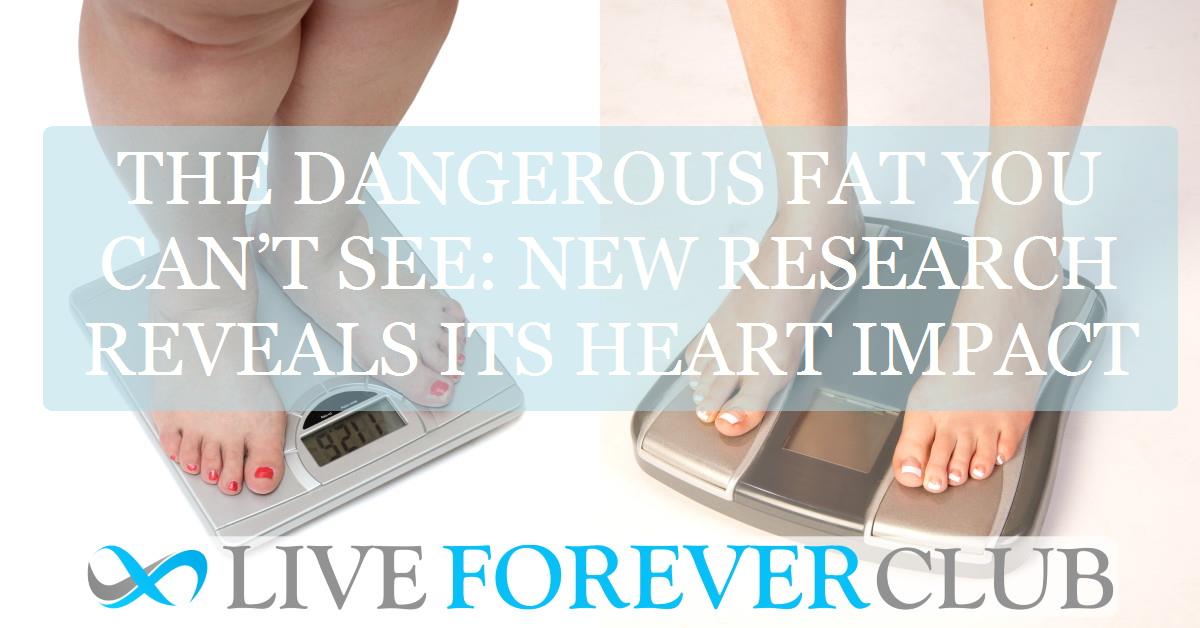Why Belly Fat Matters More Than You Think: New Research Links Visceral Fat to Artery Damage
Background: Rethinking Obesity Beyond BMI
For decades, body mass index (BMI) has been used as the main clinical measure of overweight and obesity. But BMI cannot reveal where fat is stored in the body, and this distinction is becoming critically important. Growing evidence shows that abdominal fat surrounding vital organs—known as visceral adipose tissue (VAT)—poses far greater health risks than the fat stored just beneath the skin.
This matters because obesity is rising worldwide. In 2022 alone, 2.5 billion adults were classified as overweight, including nearly 900 million living with obesity. With obesity strongly linked to diabetes, cardiovascular disease, and early mortality, researchers are urgently searching for better ways to identify individuals at highest risk.
A new study led by Professor Sonia S. Anand and published in Communications Medicine offers powerful insights. Her team explored whether visceral fat and liver fat are independently associated with early damage to blood vessels—damage that happens long before symptoms of cardiovascular disease appear.
Inside the Study: Two Large Cohorts, One Central Question
The research drew on two major population cohorts:
- The Canadian Alliance of Healthy Hearts and Minds (CAHHM), which included more than 6,700 adults who underwent detailed MRI scans to measure visceral fat, liver fat, and carotid artery wall volume (CWV).
- The UK Biobank (UKB), where more than 26,000 adults received MRI and ultrasound imaging to assess abdominal fat distribution and carotid intima-media thickness (CIMT).
By analyzing the cohorts separately and then pooling the results, Anand and her team set out to answer a key question: Does visceral fat directly contribute to early atherosclerosis—independent of traditional risk factors like high blood pressure, cholesterol, or diabetes?
What the Researchers Measured
Participants from both studies underwent advanced imaging to quantify:
- Visceral adipose tissue (VAT) — deep abdominal fat stored around internal organs
- Hepatic fat fraction (liver fat)
- Carotid artery wall volume (CWV) using MRI
- Carotid intima-media thickness (CIMT) using ultrasound
CWV and CIMT are highly sensitive early markers of atherosclerosis, the process in which artery walls thicken and stiffen as plaques build up.
Results: Visceral Fat Emerges as a Clear Cardiovascular Risk Factor
Across both cohorts, visceral fat showed a consistent and direct association with early artery damage.
Key Findings
- In the Canadian cohort, each one standard deviation increase in visceral fat was linked to a measurable rise in carotid artery wall volume.
- In the UK Biobank, the same increase in visceral fat corresponded to a detectable thickening of the carotid artery wall.
- While liver fat also showed a relationship to artery thickening, this connection weakened considerably once visceral fat levels were accounted for—suggesting visceral fat is the primary driver.
- Even after adjusting for age, ethnicity, lifestyle factors, diabetes, blood pressure, and cholesterol, the direction of the association remained positive.
The pooled analysis confirmed the central conclusion: visceral fat is independently linked to subclinical atherosclerosis in both men and women.
Why Visceral Fat Is So Harmful
Visceral fat is metabolically active and drains directly into the liver, where it can trigger inflammation and metabolic disturbances. It promotes the formation of small, dense lipoproteins that penetrate artery walls more easily, accelerating vascular damage. This means individuals with “normal” BMI may still face elevated cardiovascular risk if they carry excess visceral fat.
Implications: A Shift Toward More Targeted Prevention
1. Visceral fat should become a clinical focus
The findings suggest that targeting visceral fat reduction—through lifestyle changes or medications—may help prevent the early development of atherosclerosis.
2. BMI may no longer be enough
Because BMI does not distinguish between fat types or locations, imaging-based measures of visceral fat may play a growing role in cardiovascular risk assessment.
3. Lifestyle strategies remain key
Dietary improvements, physical activity, and weight loss have been shown to reduce visceral fat more effectively than subcutaneous fat.
4. Medications show emerging promise
Drugs used for fatty liver disease and metabolic disorders, including some weight-loss medications, have been shown to help reduce visceral fat levels.
A Clear Message: Where Fat Is Stored Matters
Professor Sonia S. Anand’s study reinforces a crucial shift in how scientists and clinicians understand obesity-related risk. It is not simply the amount of fat that matters, but where that fat is stored. Visceral fat—hidden deep within the abdomen—is tightly linked to silent artery damage long before symptoms arise. Identifying and targeting this dangerous fat depot could become one of the most effective strategies for preventing cardiovascular disease in the decades ahead.
The study is published in the journal Communications Medicine . It was led by Professor Sonia S. Anand from McMaster University, Canada.







